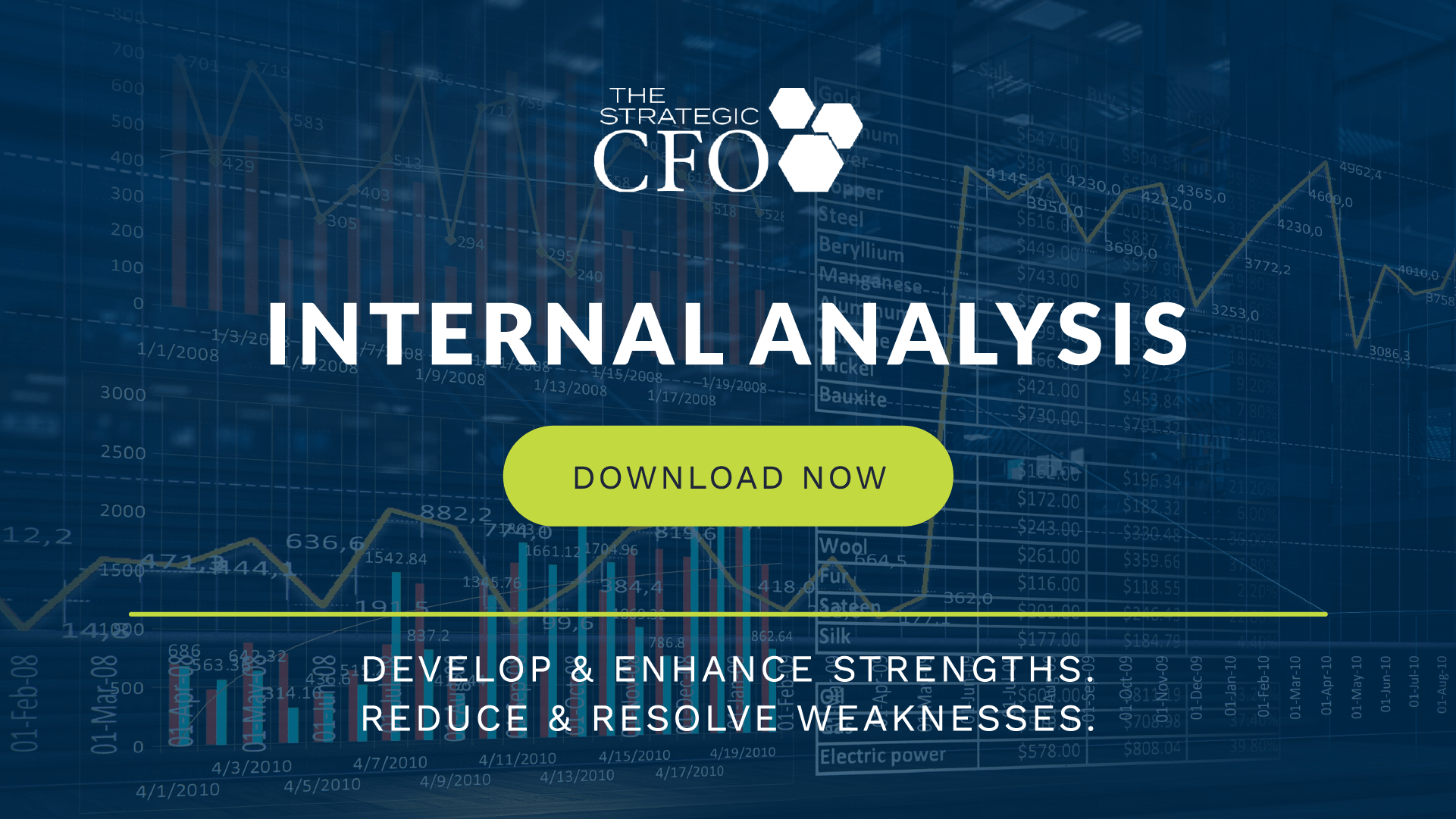See Also:
Accrual Based Accounting
Revenue Recognition Principle — GAAP
The revenue recognition principle states that revenue is recognized when earned. In other words, collect the money for services rendered. Revenue is considered earned when the company has fulfilled its obligation to the customer. For example, if a customer orders a product from a company, the company can record the sale once it has delivered that product to the customer, even if the customer has not yet paid. Here, accruals have occurred which leave accounts receivable to be collected.
Revenue Recognition Example
Revenue Recognition remains one of the prime facets of Accrual Based accounting. Therefore, an example is provided below in order to fully understand how the system works.
For example, local laundry contracting company, Buildcorp, makes a profit by designing and building custom houses for customers. A potential buyer contacts an associate with certain specifications for a custom-made house. In most instances, upfront money has to be exchanged between Buildcorp and the buyer. However, sometimes money is not exchanged until the deal is done. Regardless of when the money changes hands, the Buildcorp company accountants cannot recognize the revenue in the accounting records until the house is finished. The completion of the house marks the end of services rendered. This means that the revenue has been earned and can be recorded.
Matching Principle – GAAP
The matching principle states to recognize expenses in the period incurred. For example, a company will recognize employee wages as an expense during the period when those wages are earned, even though the employees don’t actually get paid until the next period. Essentially, the matching principle follows the guidelines of accrual based accounting. The Revenue Recognition Principle requires companies to recognize revenue when earned in its entirety. Much like the revenue recognition principle, the matching principle takes a similar stance on expenses.
Download your free Internal Analysis worksheet to start developing and enhancing your strengths as well as start reducing and resolving your weaknesses.

Access your Strategic Pricing Model Execution Plan in SCFO Lab. The step-by-step plan to set your prices to maximize profits.
Click here to access your Execution Plan. Not a Lab Member?
Click here to learn more about SCFO Labs











